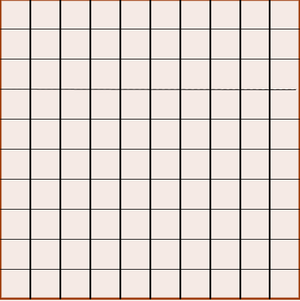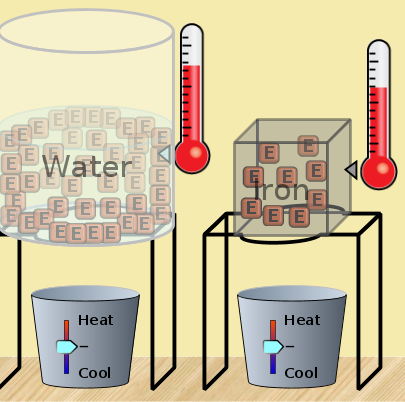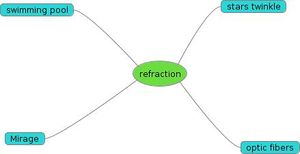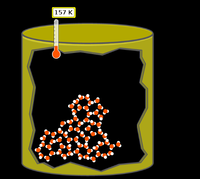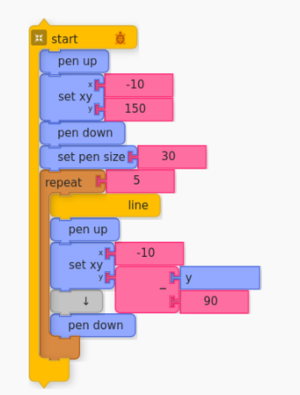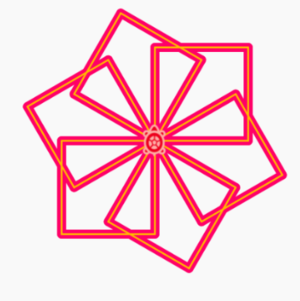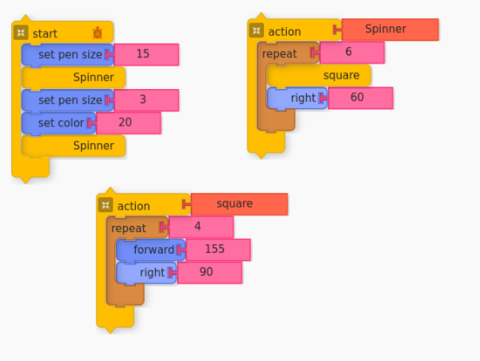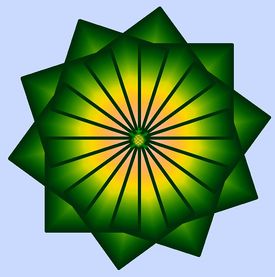Difference between revisions of "Turtle art lesson 5"
Jump to navigation
Jump to search
| Line 14: | Line 14: | ||
|Steps | |Steps | ||
| | | | ||
| − | 1.Define an action as a sequence of commands | + | 1.Define an action as a sequence of commands<br> |
| − | 2.Addition and division commands defined as actions | + | 2.Addition and division commands defined as actions<br> |
| − | 3.Note that the values are stored in variables “box 1” and is transferred between actions. The variables can also pass value from main code to the action sequence | + | 3.Note that the values are stored in variables “box 1” and is transferred between actions. The variables can also pass value from main code to the action sequence<br> |
| − | 4.Tracing a circle of a given angle and a given radius | + | 4.Tracing a circle of a given angle and a given radius <br> |
| + | [[File:1..png|300px]][[File:2..png|500px]]<br> | ||
| + | Note that there are two print commands; only the latest one is captured in this screeshot.<br> | ||
| + | |- | ||
| + | |Hands-on activity | ||
| + | | | ||
| + | 1.Ask the turtle to execute a pre-defined procedure <br> | ||
| + | 2.See the control flow from main function to additional function<br> | ||
| + | 3.Determine/ identify the shape the turtle will trace; pay attention to the orientation of the turtle<br> | ||
| + | 4.Count the number of times instructions are repeated<br> | ||
| + | 5.What is the relation, if any, between the number of times the instruction is repeated and the shape traced by the turtle<br> | ||
| + | '''Activity #1''' <br> | ||
| + | [[File:3..jpg|300px]]<br> | ||
| + | [[File:4..jpg|300px]]<br> | ||
| + | '''Activity #2'''<br> | ||
| + | See the picture here:<br> | ||
| + | [[File:5..png|200px]]<br> | ||
| + | [[File:6..png|300px]][[File:7..png|300px]] | ||
| + | |- | ||
| + | |Portfolio components | ||
| + | | | ||
| + | Two Turtle constructions are given here for the students to decode the instructions <br> | ||
| + | Figure 1 <br> | ||
| + | [[File:8..jpg|300px]][[File:9..jpg|480px]]<br> | ||
| + | Figure 2 <br> | ||
| + | [[File:10..jpg|275px]][[File:11..jpg|590px]] | ||
